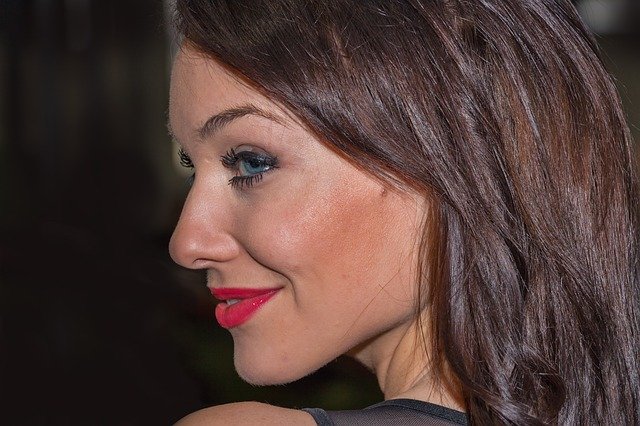
Female doctor observing the position of the lower jaw
The idea of retrusion is not part of the dictionary of the Royal Spanish Academy ( RAE ). The term, however, is frequently used in the field of medicine and health .
A movement backwards
Retrusion is a concept derived from the Latin word retrusio , which refers to a push or impulse backwards . Retrusion, therefore, is a movement or displacement in that sense.
Regarding its etymology, we can analyze the aforementioned Latin term to observe its three components. We start with the prefix re- , which in this case gives us the idea of "backwards", although it can also provide the nuance of "again"; We find it in words like reverberate, reproduction and repetition .
Next we see the word trusus ("pushed"), which is the participle of trudere ("push"). We find it in protrusion and intrusion , for example, and it is also related to the Indo-European root *treud- ("to push, squeeze"). Finally, the suffix -io or -ión , which indicates action and effect of , as seen in tension, depression and abscission .
This notion usually appears when analyzing how the jaw moves. The lower jaw , in this framework, can move in different ways thanks to the intervention of ligaments , bones and muscles , always maintaining contact with the upper jaw .
Mandibular retrusion
Mandibular retrusion involves a posterior projection of the lower jaw . The opposite is protrusion , with the lower jaw moving forward. A third movement is diduction , with a lateral transfer of the lower jaw. The jaw can also open and close .
With mandibular retrusion, the point of maximum contact between the lower and upper teeth moves backwards. This movement, in the case of humans , is quite limited, unlike what happens in rodents and other species.
It is important to mention that retrusion and the rest of the jaw movements should not generate noise or cause pain . If these situations occur, it is likely that the individual suffers from some type of pathology that requires diagnosis and treatment.
It is also necessary to point out that there are values accepted by medicine for both retrusion and protrusion, so if a patient's jaw exhibits a position beyond these limits , there is a problem. It is estimated that facial growth should be in accordance with height; In this way, the jaw must progressively enlarge to maintain a constant relative position .

If there is no retrusion or protrusion, the jaws should be aligned
Mandibular retrognathia
If the jaw has not developed properly, the jaws may become misaligned, a condition known as mandibular retrognathia . This causes aesthetic damage that can also be functional: to correct it, mandibular retrusion surgery can be used.
In this case, the size of the jaw is too small compared to what is expected based on the patient's height . Generally, other alterations are associated with this problem, such as in the temporomandibular joint . Regarding the origins of mandibular retrognathia, it is usually linked to genetic issues; For this reason, throughout the preparation of the medical history it is necessary to take a look at the family history, to detect the same problem in a close relative.
As mentioned above, treatment requires surgical intervention. As this is a skeletal problem, surgery must be bone-based , although there is more than one option. If you wish to treat only the jaw, then it is possible to move it around until it reaches the correct position. The alternative is to move both the upper and lower jaw, a surgery called bimaxilla .
